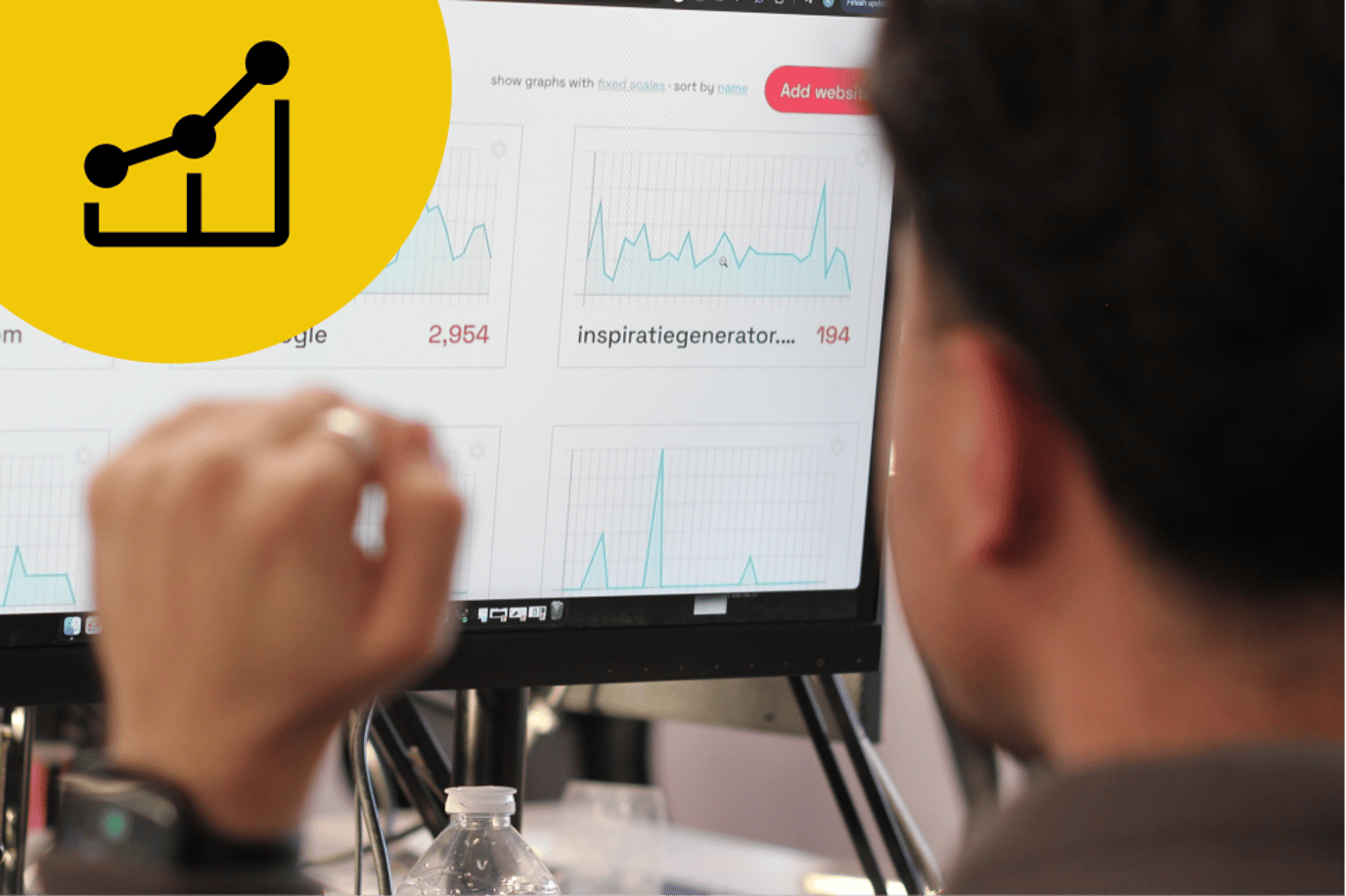A slow website hurts user experience, search rankings, and the planet. Learn why performance is business-critical and how to make your site faster and greener.

Website speed and performance isn’t just a technical concern, it’s a business-critical factor. A slow site frustrates users, reduces search visibility, and contributes to unnecessary carbon emissions. It affects how people perceive your brand, how well your content performs, and how much impact your site has on the planet.
Let’s break down why performance should be front and centre for every website decision, whether you’re designing, developing, or managing one.
1. User experience (UX)
Site speed is UX 101. Users today expect seamless, responsive interactions. When a site takes too long to load, it creates friction, and friction kills engagement.
What’s at stake:
Higher bounce rates: most users abandon a page if it takes more than 3 seconds to load. In e-commerce, even 1-second delays can cost real money.
Lower engagement: slower pages reduce time on site, page views per session, and interaction with key elements like calls-to-action or product galleries.
Perception of quality: performance signals professionalism. A fast site feels modern and reliable. A sluggish one can feel broken, dated, or insecure.
Conversion drop-off: speed correlates directly with conversions. Whether you’re collecting leads or selling products, faster experiences drive better outcomes. Data show that a slower site can harm conversions but also stop customers from returning to your site.
2. Search engine optimisation (SEO)
Google and other search engines use speed as a ranking factor. Even if your content is outstanding, a slow site can hold you back in search results.
How performance affects SEO:
Core Web Vitals: Google’s Page Experience update focuses on metrics like Largest Contentful Paint (LCP) and First Input Delay (FID). If your site lags, you lose out.
Crawl efficiency: if your site is slow, fewer pages may be crawled. That means new or updated content takes longer to show up in search.
Mobile-first indexing: search engines evaluate mobile versions first. A poor mobile performance means weaker rankings – especially important with mobile traffic often exceeding desktop.
3. Sustainability
Performance and digital sustainability go hand in hand. Every byte transferred requires energy, across data centres, networks, and user devices.
Why it matters:
Lower data transfer = lower emissions. Less code, fewer uncompressed images, and cleaner markup reduce your site’s carbon footprint. Efficient sites use less electricity to serve and load.
Performance encourages minimalism: optimising for speed often strips out unnecessary plugins, bloated design, and redundant scripts. That benefits everyone: users on slow connections, accessibility needs, and the environment.
Better infrastructure use: lighter, faster sites reduce the load on your server and hosting infrastructure, which can also cut costs or allow for greener hosting options.
Quick wins to improve website speed
Improving performance doesn’t always require a full rebuild. Here are some low-effort, high-impact changes:
- Use lazy loading: load images and videos only when they enter the viewport, not all at once.
- Compress assets: use modern image formats (like WebP) and minify CSS/JS
- Implement caching and a CDN: caching reduces server load; a CDN distributes content closer to the user for faster delivery.
- Minimise third-party scripts: trackers, embeds, and chat widgets can add seconds. Audit what’s truly necessary.
- Audit your site: use tools such as Google PageSpeed Insights to get clear, actionable insights.
In summary
Website speed isn’t a “nice to have”, it’s essential. A high-performing site:
- Feels better to use
- Performs better in search
- Converts more visitors
- Costs less to run
- Leaves a smaller carbon footprint
Whether you’re a developer, marketer, or business owner, optimising for speed is one of the clearest ways to improve your site’s impact – for users, for search engines, and for the planet.





